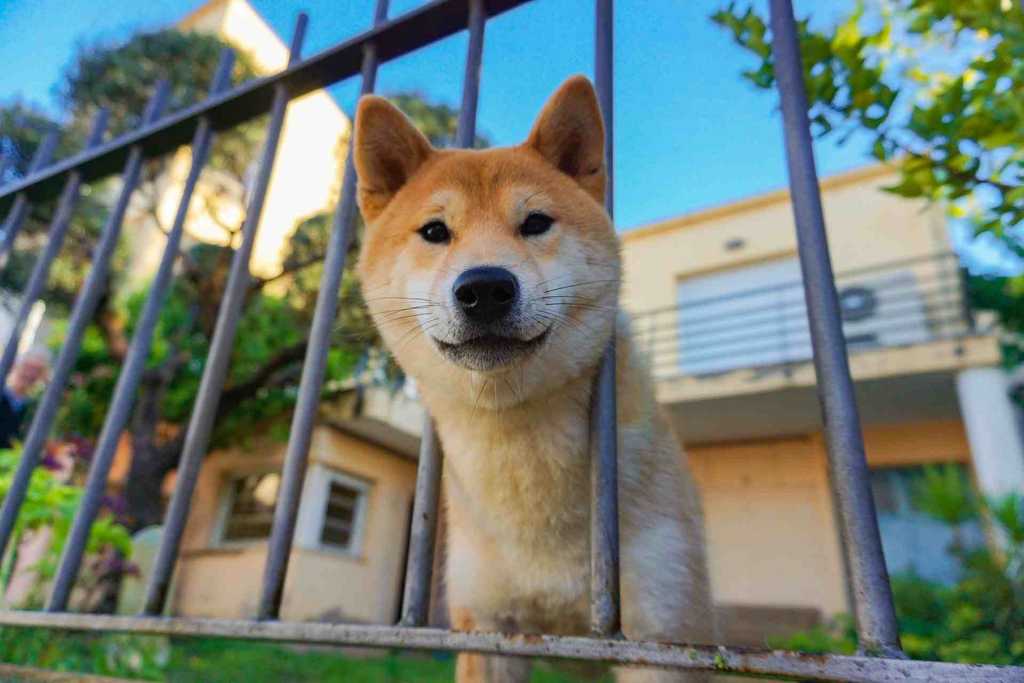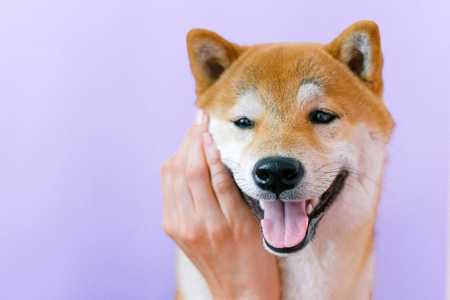How to Take Care of a Shiba Inu Puppy
Shiba Inus are small dogs that are very attractive and resemble foxes. Despite their good looks and popularity, they are independent, notoriously stubborn, and difficult to train. However, with perseverance and patience, it is possible to train the Shiba Inu to follow basic commands, do their business outdoors, and obey the main rules of behavior.
It is important to note that Shiba Inus are considered one of the most difficult breeds to train. This is because they basically do whatever they want! They are very independent. You have to be strict without being mean, otherwise, they will just keep doing what they want, but above all, it is essential to have a lot of patience.
Shiba Inu must be treated like other puppies: they need a lot of care. As with other puppies, it is good to start training the Shiba Inu as soon as possible, and, the faster you introduce good habits, the faster they will learn. This includes teaching the Shiba Inu how to interact with humans gradually because you should not overwhelm the puppy.
If you teach them to be with children from an early age, they will learn to behave better with children. However, if you plan to keep your Shiba Inu near children, be sure to introduce them slowly. This will prevent the puppy from becoming frightened.
Food
Feeding any pet is essential to take care of its health. Just like humans, dogs need an amount of nutrition to meet the demands of their physical growth.
Shibas are a very active breed, needing daily walks and lots of physical activity. A balanced diet is necessary to keep the dog in good physical condition. It is not easy to feed a Shiba Inu, especially in their early years, as they are often born with gastrointestinal problems. It is essential to feed them properly to protect their gastrointestinal health.
In general, puppies finish their breast milk around 8 weeks of age. Try to consider adopting/purchasing the puppy after it is fully weaned. Then, like most other dog breeds, Shiba Inu puppies need to eat a lot. Hydration is also important, so make sure the water bowl is always full.
To ensure the right nutritional balance of protein, fat, and vitamins many breeders recommend the Purina pro plan line:
- From 2 to 12 months of age: Purina puppy medium
- From 12 months of age and older: Purina adult
It is also recommended in the early days to shred the kibble and moisten it, to make it easier to digest.
For your Shiba puppy, choose a cozy corner of the house where he can safely enjoy his own food. The place you choose for your puppy will always be designated for his meal.

The number of meals
The frequency with which you give food to your puppy should not be overlooked. The latter is essential to help his digestion.
- In the first four 4 months of life, your puppy should eat at set times, up to 4 times a day, and to facilitate his chewing, the food ration may be moistened a little.
- From 4 to 5 months of age, the meals can gradually decrease to three times a day, with a distance, between one meal and another, of at least eight hours, to facilitate digestion.
- From 5 months until adulthood, the puppy may eat twice a day, in the morning and in the evening.
It is advisable to teach the dog that it will be able to receive food from all members of the family so that a balanced relationship within the household can be more easily established. At the conclusion of the meal, the owner should wash and remove the bowl, while water should always be available, fresh (never cold), and clean with frequent changes. Having your puppy drink running water is always ideal.
What to avoid
Avoid letting your puppy eat leftover food, especially if it is seasoned or spicy, as well as chicken and rabbit bones, which can easily break into fragments resulting in injury, if ingested, to the throat, stomach, and intestines.
Foods that should not be part of a dog's diet are:
- Chocolate
- Sweets
- Sugar
- Garlic
- Onion
- Dried fruit
- Avocado
- Grapes
Chocolate is toxic to dogs because it contains theobromine, a substance present in greater amounts the purer the cocoa. The toxicity threshold decreases as the size of the dog decrease, so the Shiba Inu could become intoxicated with a small dose of chocolate.
Grooming and care
The Shiba's coat is odorless and never needs to be trimmed, but it constantly sheds hair and changes it twice a year. Brush the puppy weekly to distribute oils and remove dead hair, and a bit more often when seasonal hair changes. Start this grooming routine as soon as you pick up your puppy so he gets used to the feeling.
Shiba Inu are sensitive to grooming. This means that it is essential to teach Shiba Inu grooming from an early age. If you do so, the dog will learn that it is okay to care for them in this way.
The Shiba should be at least eight weeks old before being bathed. Frequent baths are necessary for this breed, with no more than six weeks between baths.
The Shiba will need to undergo frequent nail clipping. Many dogs hate having their nails cut, the secret to making this process less strenuous for you and your puppy is to start at an early age. If your dog becomes desensitized to this process, it will no longer resist it. Another way to get your puppy to look forward to cutting nails is to reward them with treats.

Disclosure: Please note that some of the links below may be affiliate links, from which I'll earn a commission at no additional cost to you. When you use one of my affiliate links, the company will compensates me, which helps me run this blog and keep all of my in-depth content free of charge for readers like you.
